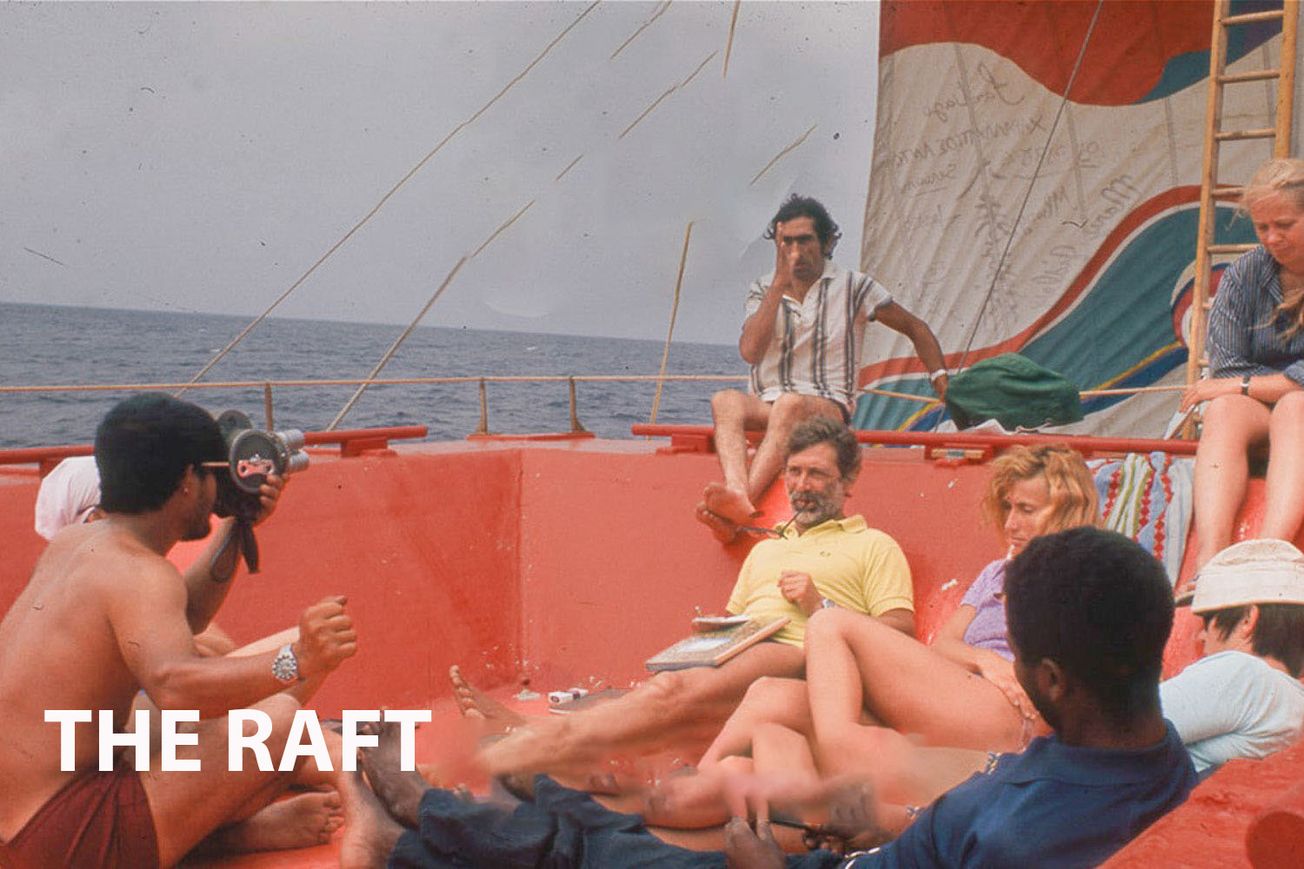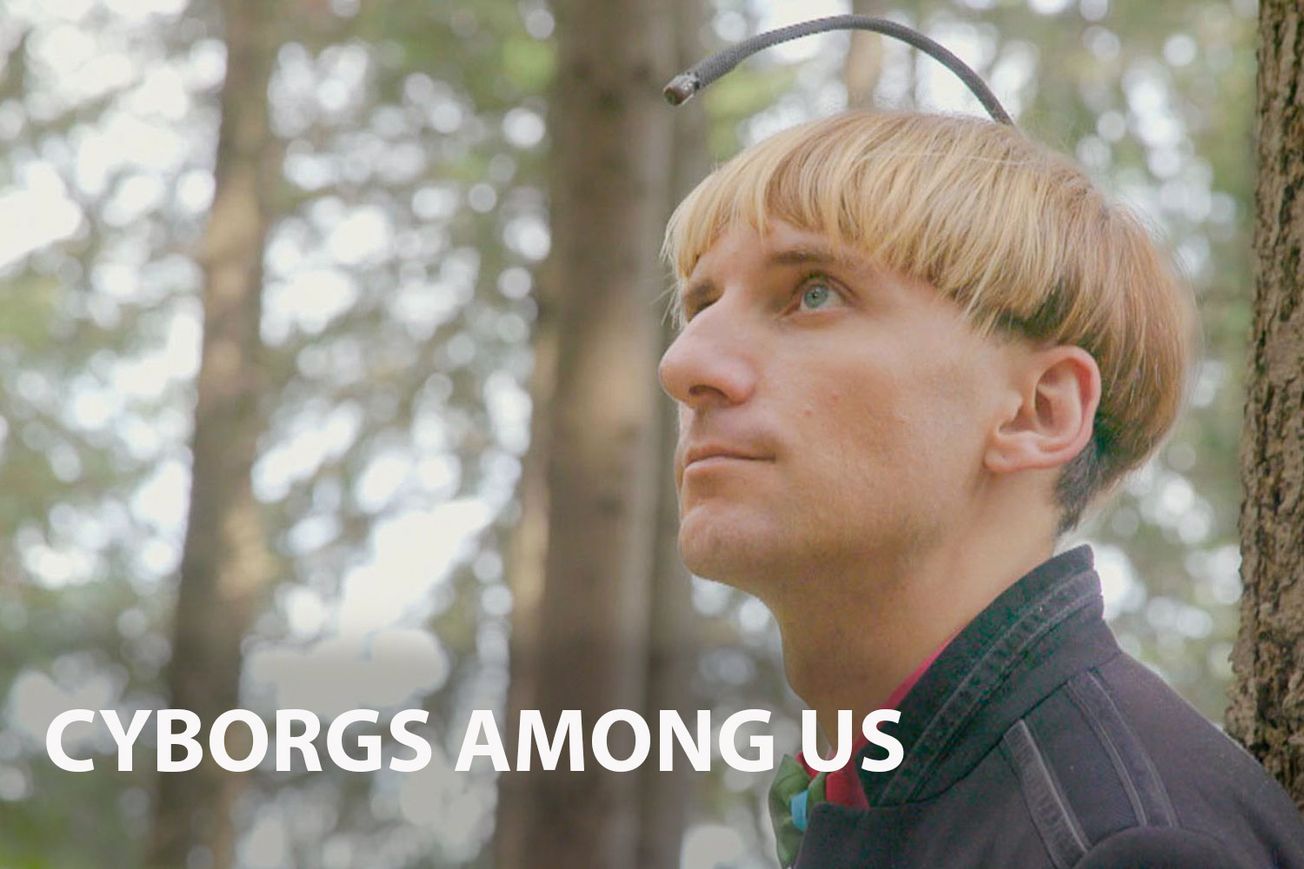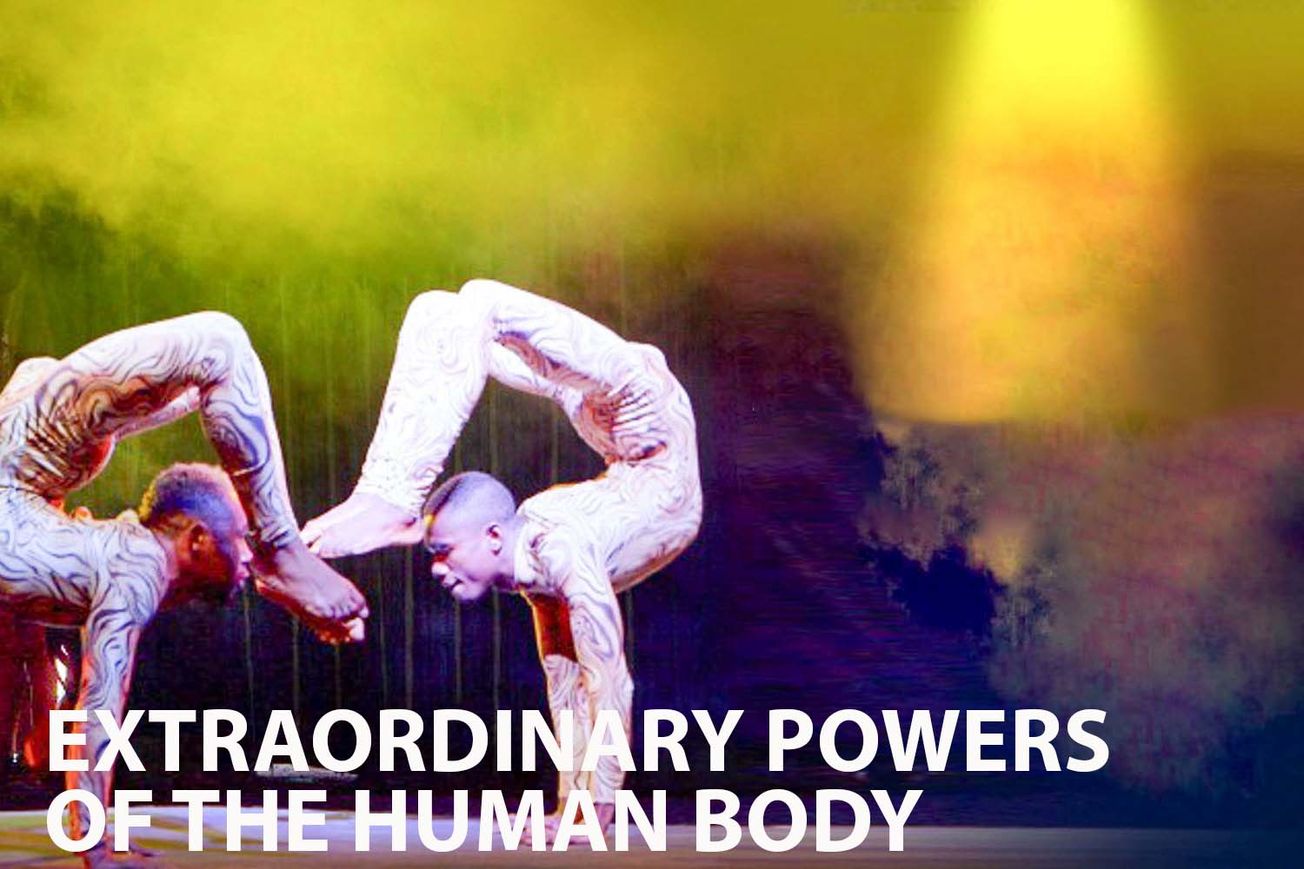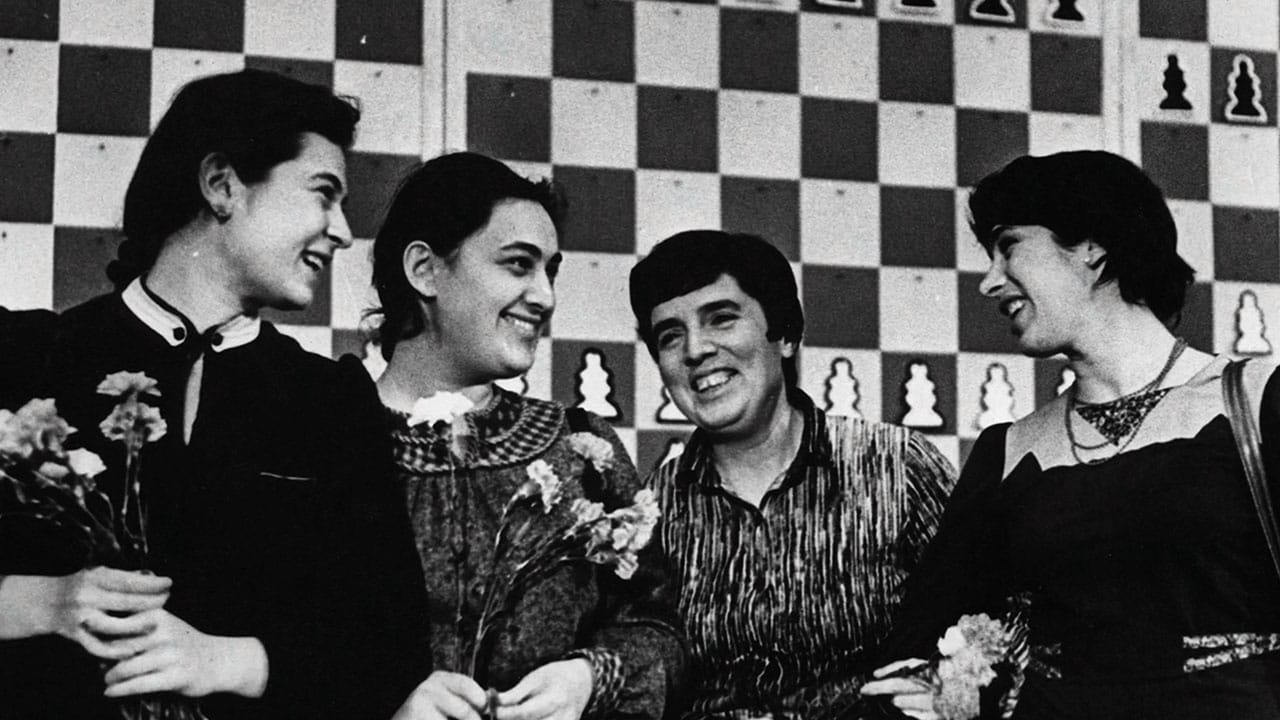Keywords: The Raft, Documentary, Scientific Experiment, Human Behavior, Atlantic Ocean, Marcus Lindeen, The Stanford Prison Experiment
Introduction:
"The Raft" is a gripping 2018 documentary directed by Marcus Lindeen, which revisits an unusual scientific experiment conducted in 1973. The experiment, widely known as 'The Sex Raft', aimed to study violence, aggression, and sexual attraction in human behavior under confined circumstances. In today's era of reality TV and social experiments, "The Raft" presents an intriguing case study of a real-life 'Big Brother' scenario.
Synopsis:
The documentary follows five men and six women who spent three months adrift on a raft in the Atlantic Ocean, as part of a scientific experiment. The narrative explores unexpected events that transpired during the journey, offering a unique insight into human behavior and interpersonal dynamics.
More film analysis
Analysis:
Lindeen employs an investigative approach, using archival footage and a reunion of the surviving expedition members on a replica of the raft. The documentary is a testament to meticulous research, deep exploration of the subject matter, and an engaging presentation style.
Historical and Factual Context:
The experiment took place in a post-hippie era, marked by a new openness towards sexuality and a questioning of societal norms. The underlying scientific theories and methodologies provide context to the experiment.
Key themes in the film:
- The complexities of human behavior under confinement
- The unpredictability of interpersonal dynamics
- The ethical boundaries of scientific experiments
Film Comparisons:
Compared to other documentaries on iWonder, "The Raft" uniquely combines elements of sociology, psychology, and history, offering a different perspective on human behaviour.
Noteworthy Moments:
The reunion of surviving members on a replica of the raft, and the revelations of what transpired during the experiment, provide deeply enlightening moments.
Reviews:
The documentary received a favorable reception for its intriguing subject matter and insightful storytelling. It holds an IMDb rating of 6.6 and has 6 wins and 8 nominations in film festivals.
Conclusion:
"The Raft" is a must-watch for those interested in sociology, psychology, and history. It offers a unique insight into an extraordinary experiment, providing food for thought on the nature of human behavior.
More film information
Awards: 6 wins & 8 nominations: International Documentary Association, CPH:DOX, London Film Festival, Zurich Film Festival, Sao Paulo International Film Festival, Chicago International Film Festival, Athens International Film Festival
PERSONALITIES:
Santiago Genovés: Anthropologist who conducted the experiment.
Fé Seymour: Participant who became the de facto leader.
Mary Gidley: Participant who was the youngest of the group.
LOCATIONS:
The Atlantic Ocean: The main setting of the experiment.
The Raft: The confined space where the experiment took place.
Links for further exploration
- The Stanford Prison Experiment: https://www.simplypsychology.org/zimbardo.html
- Milgram’s Obedience to Authority Experiment: https://www.verywellmind.com/the-milgram-obedience-experiment-2795243
Key Questions Raised by the Film:
How do confined environments affect human behavior and interpersonal dynamics?
I wonder what the film would be in another art form:

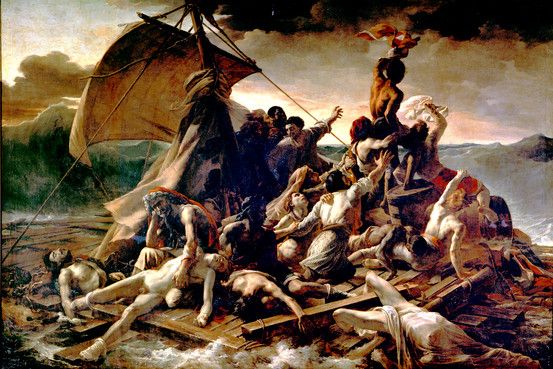

Book: "Lord of the Flies" by William Golding, as it explores the behavior of people in confined, survival circumstances.
Song: "Message in a Bottle" by The Police, reflecting the isolation and longing for connection of the raft's occupants.
Art: "The Raft of the Medusa" by Théodore Géricault, symbolizing despair and survival on a raft.
Celebrity: Bear Grylls, embodying resilience and survival in extreme conditions.
Colour: Deep blue, representing the vast, isolating ocean.
Music Style: Experimental jazz, symbolizing the unpredictability and diversity of human responses.
